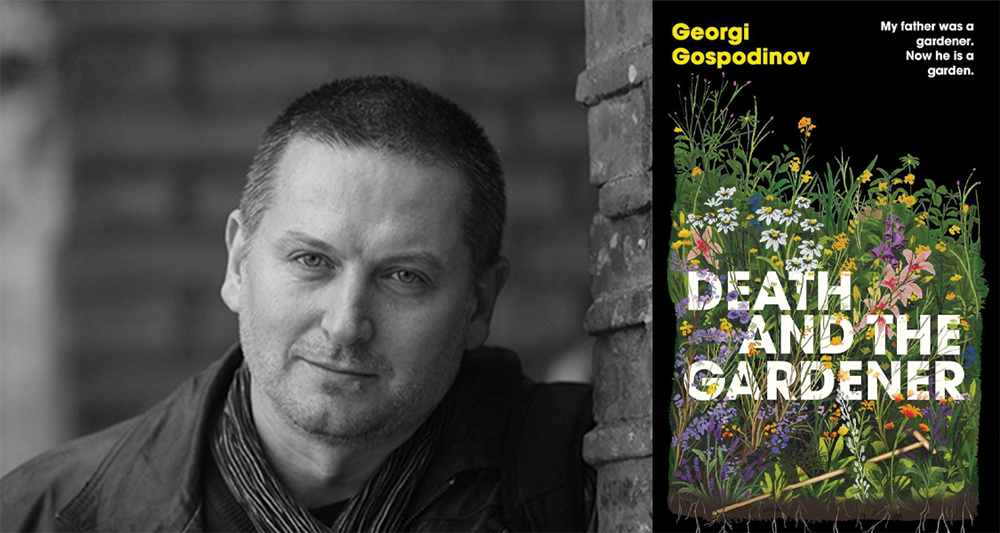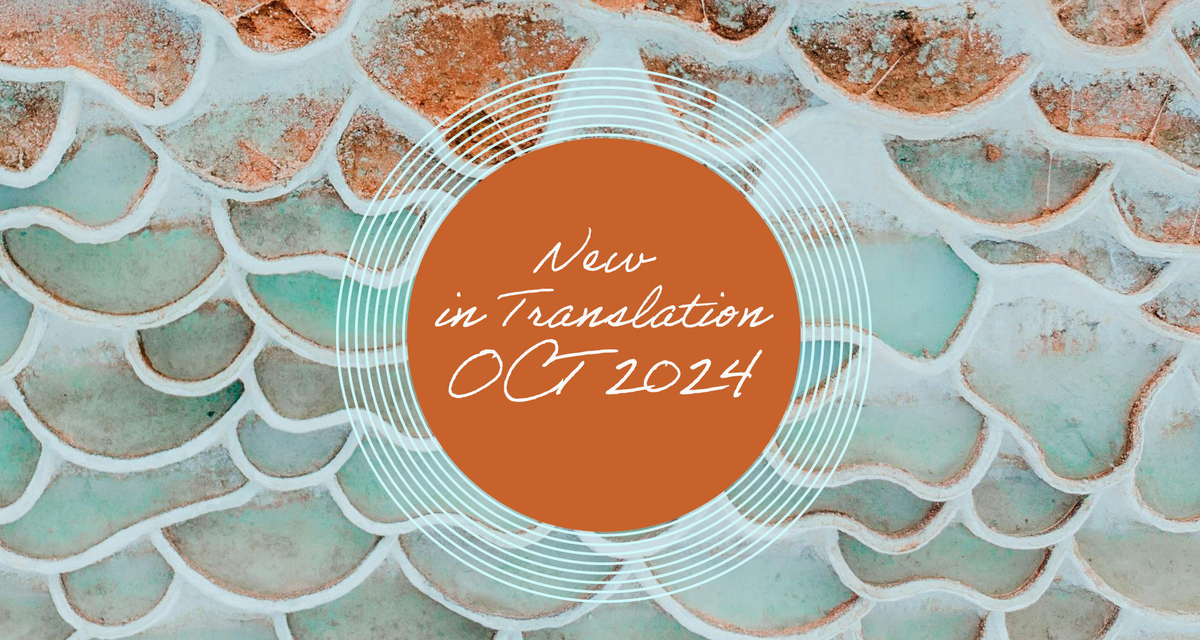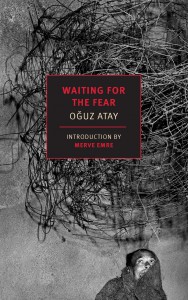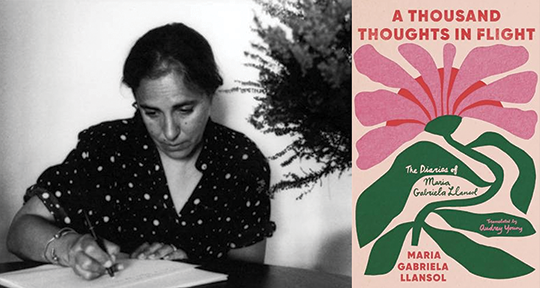Death and the Gardener by Georgi Gospodinov, translated from the Bulgarian by Angela Rodel, Liveright, 2025
“What happens to the garden . . . when the gardener is gone?” asks the narrator of Georgi Gospodinov’s new novel, Death and the Gardner. After winning the International Booker Prize in 2023 for Time Shelter, the Bulgarian writer returns with a novel featuring a similarly famous Bulgarian writer—with the additional autobiographical detail of a father who has died from cancer, leaving his garden behind. Within this autofiction, the reader will not have to wait long for an answer to that primary, haunting question: “The garden will continue to flourish, even without its gardener, what he has planted will still grow, bear fruit, but wildness will also start to make inroads, after some time weeds and grasses will overtake everything.” The seasons will cycle the plants through life and death—and life again. In a garden, even without its gardener, there is still promise of spring; perhaps it’s this promise of revival that makes gardening an ideal outlet for grief.
I began my first garden three years ago as my dad lay dying of cancer in the living room. His friends—now my friends—had shown me how to hoe a straight line between two markers and brush in the seeds, then how to cover them with soil, going back down the lines. What they couldn’t do was prepare me for when the tilled dirt filled with weeds, for when my dad died and I inherited his house and its garden. That first summer, I ripped up endless roots, but the weeds kept on growing.
The narrator of Death and the Gardener does not work at his father’s garden after he dies, but he does use it as the central grounding image for the book that he writes. Though Death and the Gardener calls itself a novel on the cover, it reads with the intimacy of a memoir in Angela Rodel’s expert translation. Acknowledging this slippery approach to genre, the narrator admits, “This book has no obvious genre; it needs to create one for itself.” He too wonders “whether the kindling of those words cools [grief], or just inflame it all the more.” Writing, then, is taken to be like gardening after a death: a way to bargain for just a little more time with that person. This cathartic use of writing (and gardening) in grief is nothing new, but Gospodinov’s approach draws particular attention to the push and pull of the writing itself, and how this kind of detailed remembering both brings back his father and reproduces the trauma of witnessing him suffer and die. READ MORE…




